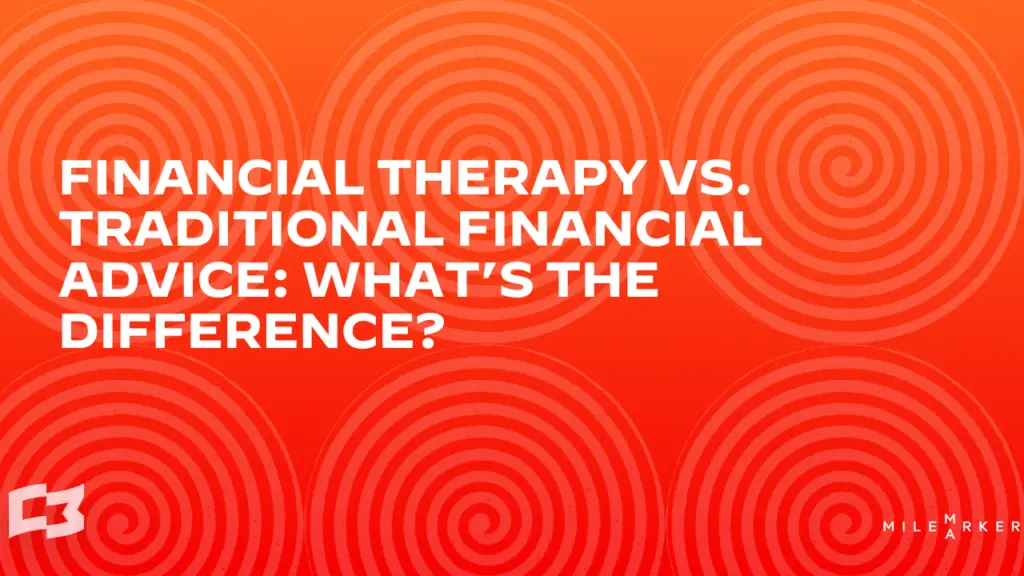Financial Therapy vs. Traditional Financial Advice: What’s the Difference?

Financial therapy and traditional financial advice share the goal of guiding clients toward financial success. However, their approaches differ significantly.
Traditional financial advice focuses on practical solutions—managing debt, optimizing investment portfolios, and planning for retirement.
Financial therapy uncovers the emotional and psychological reasons behind financial behaviors.
Emily Millsap, Manager of Financial Planning at Avantax Wealth Management, explains that financial therapy helps answer key questions:
Why does a client avoid budgeting?
Why do they prioritize spending over saving?
How do past experiences shape their financial habits?
Traditional advisors provide actionable strategies, but financial therapy dives deeper. By addressing emotional triggers, advisors can craft personalized financial plans that truly align with a client’s values.
Why Financial Therapy is a Game-Changer
Integrating financial therapy with traditional financial advice creates a powerful combination. Advisors who take this holistic approach:
Strengthen client relationships through trust and understanding.
Help clients overcome financial anxiety and improve money management habits.
Foster long-term financial confidence and well-being.
These insights are inspired by the latest episode of The Connected Advisor podcast featuring Emily Millsap, Manager of Financial Planning at Avantax Wealth Management. Dive deeper into how financial therapy transforms traditional advice. Listen to the full episode here and explore more articles in this series.
